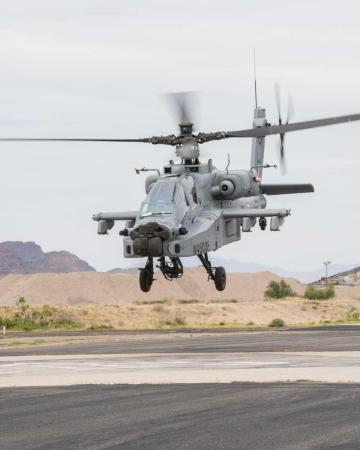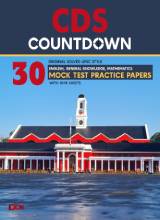How will Apache attack helicopter augment capabilities of IAF
The Indian Air Force (IAF) has formally received the first AH-64E (I)-Apache Guardian helicopter at the Boeing production facility in Mesa, Arizona, USA. Better known as an ‘attack helicopter’, the Apache was received by a team of Indian Air Force officers led by an Air Marshal.
How many Apache helicopters are being acquired by India?
The Indian government has signed a contract for 22 Apache helicopters with the US government and Boeing. This contract was signed in September 2015 for $3 Billion at current rates and was for the supply of helicopters to the IAF. A follow-up order for six Apache helicopters was placed for the Army at an estimated cost of $930 Million.
When will the helicopters arrive in India?
The first of these helicopters is scheduled to be shipped to India in July this year and are likely to be inducted in the IAF at a special ceremony in Pathankot air base. Selected aircrew and ground crew have been trained at the US Army base Fort Rucker in Alabama. This nucleus of trained personnel will lead the induction of the helicopters in the IAF.
How does the Apache augment capabilities of the IAF?
The introduction of Apache will lead to the modernisation of the IAF’s attack helicopter fleet which at present is equipped with Russian origin MI-35 helicopters. The Russian attack helicopters, stationed in Pathankot in Punjab and Suratgarh in Rajasthan, are now on the verge of retirement and, thus, IAF needed an urgent augmentation of capabilities.
The Apache has been customised to suit the requirements of the Indian military and will have significant capability in mountainous terrain. Apache has the capability of carrying out precision attacks at standoff ranges and operate in hostile airspace with threats from the ground. The helicopter also has the unique capacity to transmit and receive battlefield picture through data uplinking and networking.
What are the weapon systems that the AH64E (I) Guardian comes equipped with?
The Apache comes with Hellfire precision strike missiles, 70 mm rockets and a 30mm chin-mounted automatic cannon which is cued by the pilot’s helmet system. It will also come with Stinger missiles and Longbow fire control radar system. The latter gives the helicopter the capability to make precision attacks from a distance.
The helicopter is powered by two high-performance turboshaft engines with a maximum cruise speed of 284 km per hour or 152 knots.
What operational role is envisaged for Apache?
There was considerable debate prior to the contract being signed for Apaches on whether the helicopter is better suited to the Army’s needs or the IAFs. The Army’s contention was that since the helicopter is the highly effective platform for destruction of tanks and armoured vehicles it made sense for the Army to raise Apache squadrons.
It was also pointed out that the IAF Apache units would also be employed in support of the Army strike formations which carry battle to the enemy territory.
It was eventually decided that the IAF will raise two squadrons of Apaches, while the Army also received the nod for six helicopters, significantly less than its requirement. However, the Army is eventually readying itself to be equipped with 30 Apache helicopters to equip three squadrons for each of its three strike Corps.
Source: Defence News






 Order Now on Amazon
Order Now on Amazon
